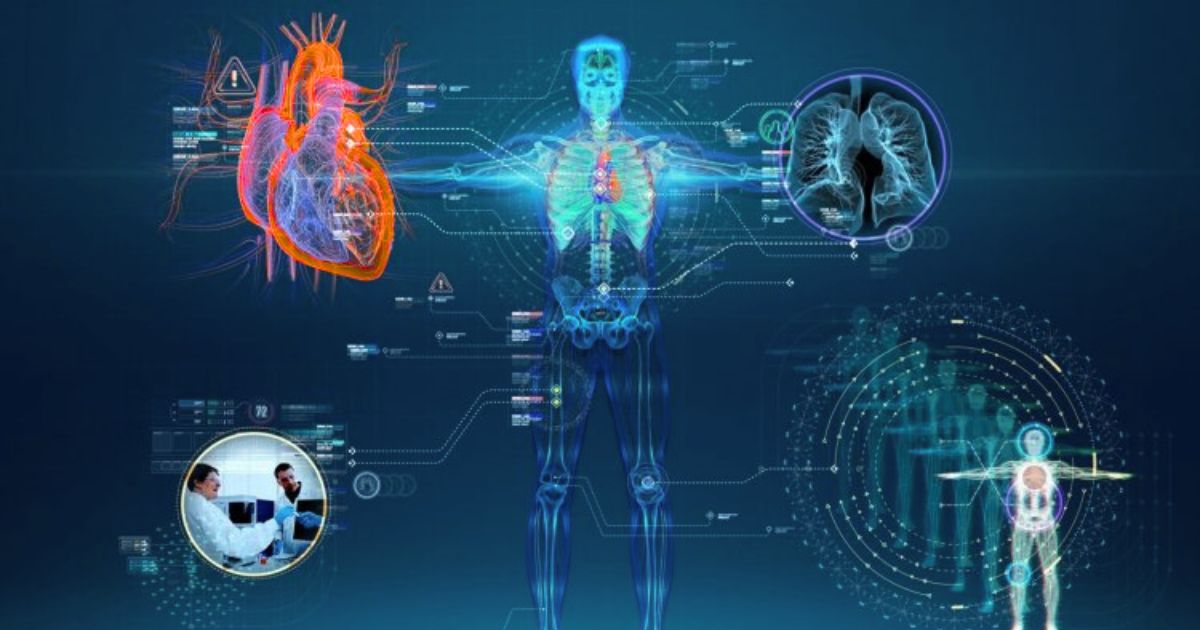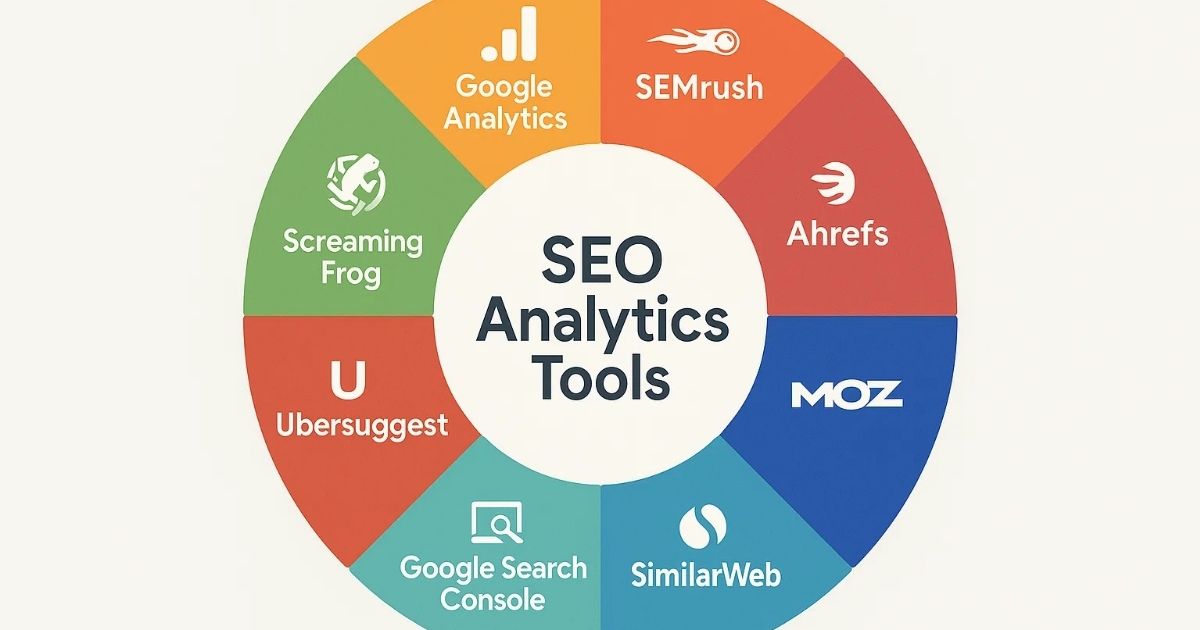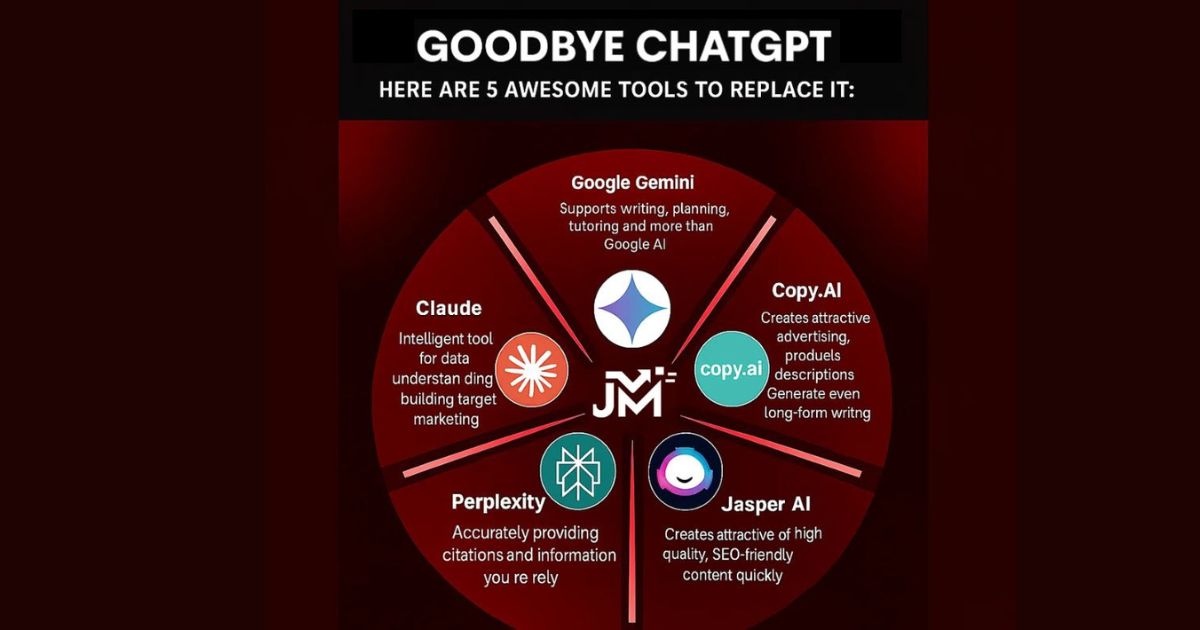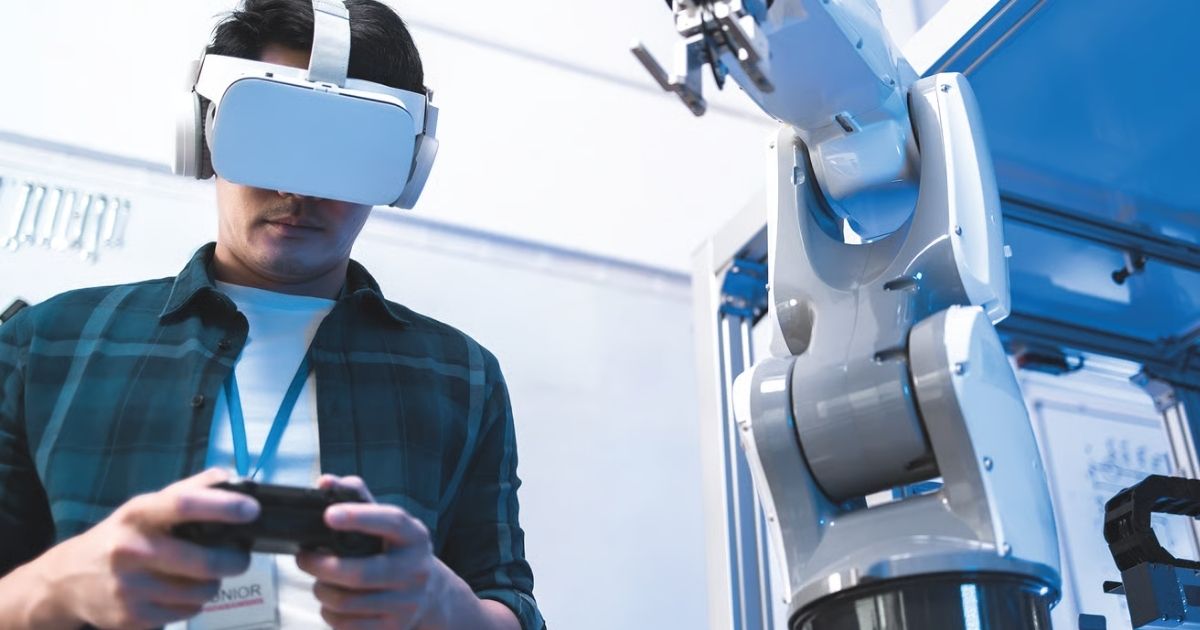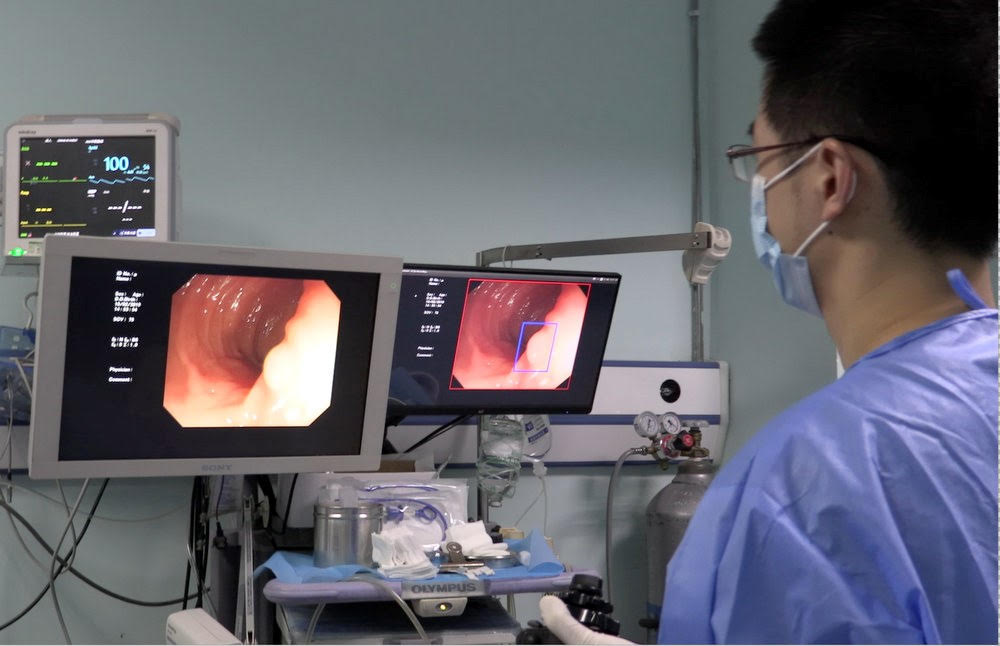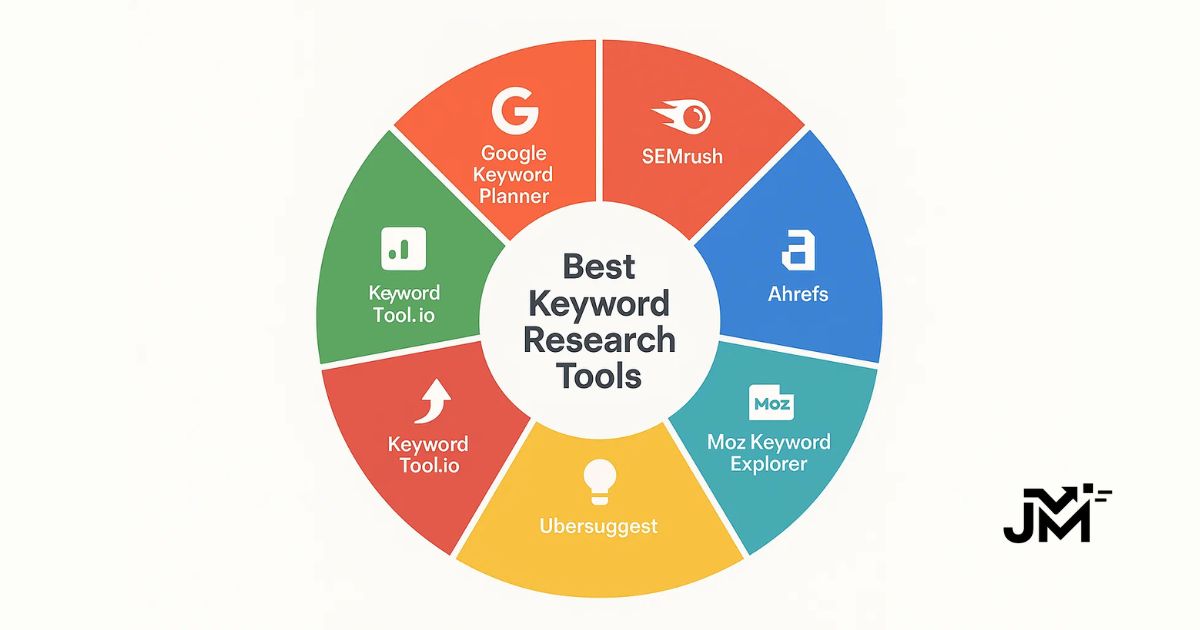Artificial intelligence (AI) has rapidly become one of the most transformative forces in modern medicine. Among its most impactful applications is the development of advanced AI tools for cancer. These technologies are designed to support doctors, improve diagnostic accuracy, predict treatment outcomes, and reduce delays in care. With cancer remaining one of the leading causes of death worldwide, the rise of AI tools for cancer detection provides hope for earlier diagnosis, better treatments, and ultimately, improved survival rates.
In this article, we will explore seven cutting-edge ways AI is reshaping cancer care, from AI tools for breast cancer to AI tools for skin cancer and even predictive models that can recommend personalized therapies. Whether you are a patient, healthcare professional, or researcher, understanding how a new artificial intelligence tool for cancer is being developed will highlight the future of oncology and precision medicine.
1. AI Tools for Cancer Detection: Early Diagnosis Saves Lives

Early detection is the cornerstone of successful cancer treatment. Traditional screening methods, while effective, often depend on human interpretation, which may lead to missed diagnoses or false positives. AI is changing this narrative by providing automated image recognition and pattern analysis that outperform human accuracy in many cases.
For example, radiology has greatly benefited from AI integration. AI tools for cancer detection can analyze thousands of CT scans, MRIs, or mammograms in seconds, flagging suspicious areas for further examination. Studies show AI models can identify anomalies with equal or higher accuracy than radiologists, reducing oversight and allowing for earlier interventions.
These tools are not designed to replace doctors but to support them, acting as a second set of highly precise “eyes.” By cutting down diagnostic delays, AI directly increases the chances of catching cancer before it progresses to advanced stages.
2. AI Tool for Skin Cancer: Detecting Melanoma with Precision

Skin cancer is one of the most common cancers globally, and melanoma in particular can be deadly if not caught early. Dermatology now leverages AI tools for skin cancer that scan high-resolution images of skin lesions and compare them against vast databases of known cancerous and benign spots.
Mobile applications using AI have also emerged, allowing patients to photograph skin lesions at home and receive a risk analysis. While these apps are not replacements for professional diagnosis, they empower patients to seek medical advice earlier.
Research demonstrates that AI-powered dermatology platforms can match or even surpass dermatologists in accuracy when distinguishing between benign moles and malignant melanomas. This represents a monumental shift in accessibility, especially for individuals in regions with limited access to dermatologists.
3. AI Tools for Breast Cancer: Enhancing Mammography and Beyond

Breast cancer screening through mammography has saved millions of lives, but interpretation errors remain a challenge. AI tools for breast cancer are revolutionizing this field by improving both sensitivity and specificity.
Deep learning algorithms can highlight microcalcifications and tumors that human eyes may miss. Additionally, AI models can track a patient’s mammogram history over time, identifying subtle changes that indicate early cancer development.
Beyond detection, AI is now being used to predict how breast cancer might respond to specific treatments, offering a pathway toward personalized medicine. For instance, AI can analyze tumor biology and genetic data to suggest targeted therapies that may be more effective than standard chemotherapy.
4. A New Artificial Intelligence Tool for Cancer Treatment Planning
Detection is only the first step—treatment planning is equally critical. A new artificial intelligence tool for cancer has emerged in oncology departments worldwide to optimize how treatments are designed and delivered.
These AI systems integrate data from pathology, radiology, genomics, and patient health records to create tailored treatment plans. For example, AI may recommend targeted therapies for tumors with specific mutations or suggest radiation therapy dosages that minimize side effects while maximizing effectiveness.
Machine learning can also predict patient responses to therapies, enabling doctors to adjust treatment before it fails. This reduces wasted time and lowers the physical and emotional toll on patients.
5. Predicting Outcomes with AI: Personalized Cancer Care
One of the most exciting benefits of AI is its ability to provide predictive insights. Instead of a one-size-fits-all approach, AI can analyze patterns across millions of cases and suggest personalized strategies.
For example, an AI tool for cancer might predict which lung cancer patients are more likely to respond to immunotherapy. This reduces trial-and-error in treatment, saving both time and resources.
Predictive AI models can also estimate recurrence risk, allowing patients and doctors to create long-term monitoring strategies. In breast and colon cancer, these models have been particularly effective at forecasting outcomes based on genetic and lifestyle data.
6. AI-Powered Pathology: Revolutionizing Lab Analysis
Pathology remains central to diagnosing and staging cancer, but it involves meticulous manual analysis of tissue samples. With AI, pathologists can now use digital pathology systems to scan slides and let algorithms detect abnormalities.
AI-powered pathology systems are trained to recognize cancerous cells, grade tumors, and even detect rare cancer types with higher consistency. These platforms also accelerate workflow, reducing the backlog of lab reports that often delays treatment.
Furthermore, AI-enhanced pathology opens the door to liquid biopsy analysis—examining blood samples for cancer DNA fragments. Early studies suggest that AI could dramatically increase the accuracy of these minimally invasive tests, changing how cancer is monitored and treated.
7. Future of AI in Oncology: What Comes Next?

While significant progress has already been made, the AI tool for cancer pipeline is still expanding. Startups, universities, and tech giants are all investing in refining these technologies. Emerging areas include:
-
Real-time surgical assistance: AI can guide surgeons during tumor removal by distinguishing cancerous tissue from healthy tissue.
-
Drug discovery acceleration: Machine learning can identify potential cancer drugs faster than traditional lab testing.
-
Remote diagnostics: AI applications allow rural or underserved areas to access advanced cancer diagnostics via cloud-based systems.
-
Integration with wearable devices: Future AI systems could monitor patient health in real-time, detecting early warning signs of recurrence.
Despite the excitement, challenges remain. Data privacy, algorithm bias, and regulatory hurdles must be addressed to ensure safe and ethical adoption. Nevertheless, the momentum is undeniable—AI is becoming an indispensable ally in the global fight against cancer.
Conclusion
Artificial intelligence has opened a new frontier in healthcare, offering unparalleled precision and speed in cancer detection, diagnosis, and treatment planning. From AI tools for cancer detection to advanced systems for skin cancer and breast cancer, and even a new artificial intelligence tool for cancer treatment planning, the applications are wide-ranging and transformative.
By enhancing the accuracy of diagnostics, tailoring treatments to individuals, and predicting outcomes with greater certainty, AI empowers both doctors and patients. As research and innovation continue to expand, these technologies promise a future where cancer care is faster, smarter, and more accessible to all.
In 2025 and beyond, the question is no longer whether AI will change oncology—it already has. The real question is how soon healthcare systems worldwide can integrate these breakthroughs to benefit every patient in need.

